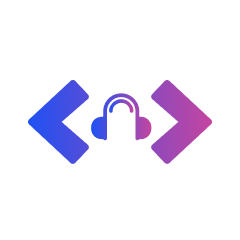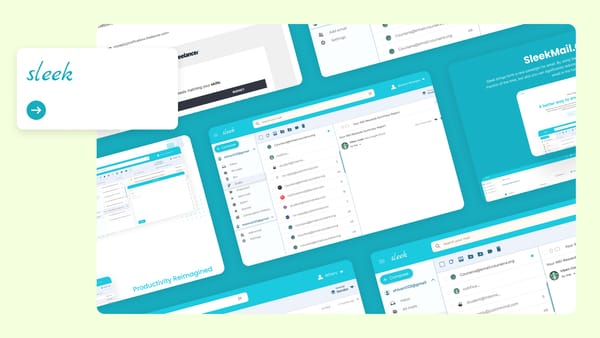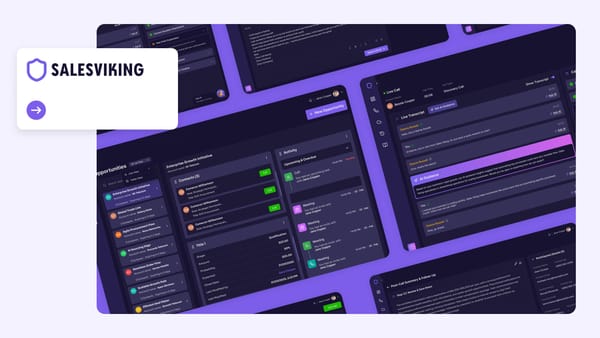When Everyone's Using Bots, How Do You Find Humans Who Matter?
Exploring agentic systems powered by RLHF-based AI as a promising solution to keyword-matching algorithms like ATS—potentially revolutionizing how we discover and evaluate talent.

In 1482, Leonardo da Vinci penned history's first modern resume—a 10-point manifesto offering to build portable bridges, stealth chariots, and "beautiful bronze horses." Today, 542 years later, his application would be auto-rejected by 93% of Fortune 500 ATS systems. The reason? No mention of "Agile methodologies" or "cross-functional synergy." Memes on HRs asking for 10 years of experience on skills that emerged 5 years ago are not uncommon[1]
Something fundamental is broken into how we assess talent – and this is our attempt to fix it.
For centuries, hiring was a dialogue between potential and intuition. With the Industrial boom, we forgot that every resume is a human story, and then with ATS software, we started a criteria-based system that tends to assume that every good candidate follows the same trajectory.
The consequences are profound. Companies end up hiring people who are optimized for algorithms rather than innovation. The very qualities that drive breakthroughs and create competitive advantages—originality, creativity, and non-standard excellence—are systematically filtered out of the talent pool.
The result is a class of people preparing to ‘crack’ FAANG hiring, rather than building something powerful for them.
AI Optimization Paradox
Is this it? No, we also see a technical fallout in the coming months:
With recruiters using GenAI tools to write job descriptions and candidates using the same tools to write AI-optimized resumes, ATS systems are already bloated with artificially identical candidates.
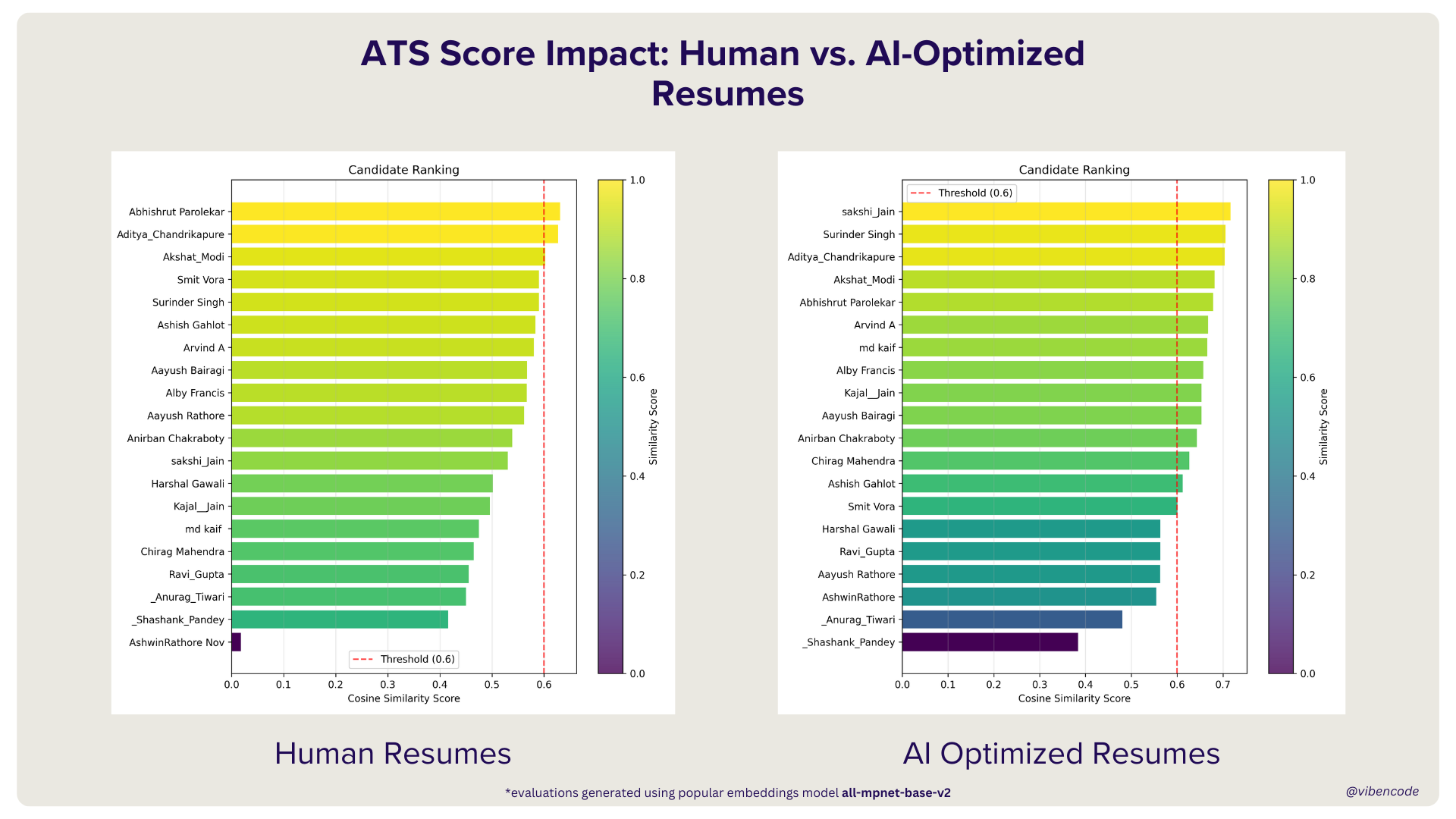
Traditional ATS systems operate primarily on semantic similarity and generating resumes that parrot your job description is a classic LLM function, making genuine quality distinctions nearly impossible.
We faced this challenge first hand and the disconnect prompted us to return to first principles →
What Human Judgment Sees
Imagine having just five resumes on your desk. An experienced recruiter doesn't simply scan for keywords or check boxes on requirements. Instead, they read each resume as a story—looking for the narrative arc that reveals who the candidate truly is, like:
- Career progression – Not just job titles, but growing responsibility and impact.
- Patterns of achievement – Recognizing consistent success across roles.
- Adaptability – How quickly candidates master new skills or switch domains.
- Problem-solving approach – The challenges they’ve tackled and how they’ve navigated them.
- Career intentionality – Whether their career moves show purpose or just random shifts.
This holistic assessment is fundamentally different from algorithmic filtering. It doesn't just ask "Does this person match our criteria?" but rather "What does this person's story tell us about their potential?"
The challenge became clear: How do we scale this human insight to handle hundreds or thousands of applications while maintaining the same nuance, depth, and judgment consistency as an experienced recruiter?
Agentic Systems
The answer lies in what we call "agentic systems"—autonomous flows powered by RLHF-based generative AI models, prompt-tuned to identify career patterns in candidates and reason holistically about their potential. Unlike traditional ATS, which prioritizes keyword matches, these systems analyze career trajectories, skills, and outcomes to surface undervalued talent often overlooked by rigid algorithms.
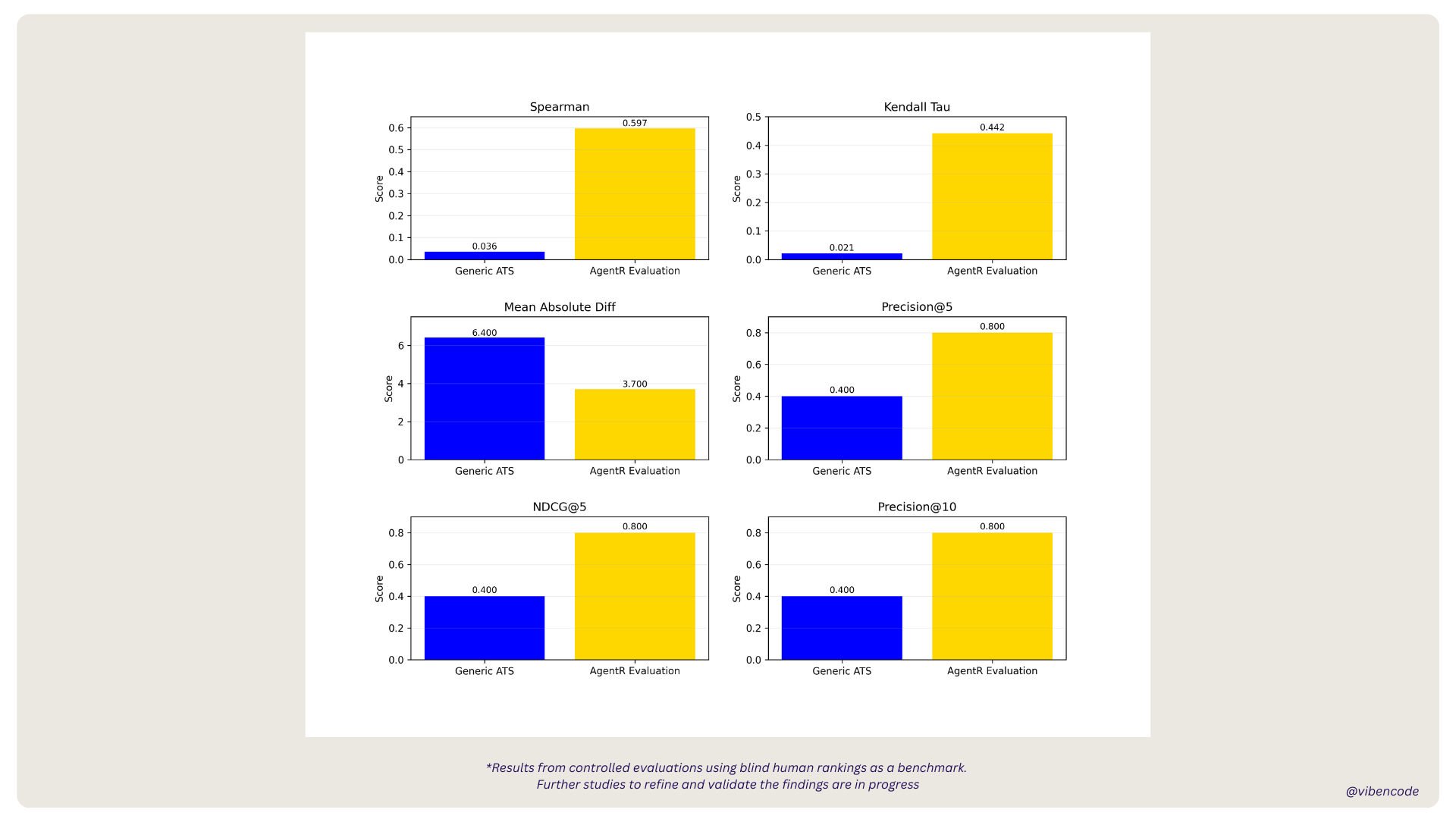
Early results from our experiments are promising: Taking blind human evaluations as a benchmark, our reports consistently beat embedding-based algorithms across multiple criteria, and the best part is that, unlike ATS scores which are mathematical numbers, you could actually backtrace & verify the rationale behind why a certain candidate is recommended as among best fit for your role.
The Path Forward
What organizations need isn't just better AI—it's better intelligence about how we deploy AI in hiring. After refining our approach internally, we're now making this solution as a beta release available to forward-thinking organizations facing similar challenges.
We call it AgentR — R for Recruitment, Reinvention, and Results
For talent acquisition leaders struggling with the limitations of conventional hiring systems, the implications extend beyond just improving hiring efficiency. When you can reliably identify and attract talent you gain access to Intellectual diversity that drives innovation.
In a world where everyone is using AI to game the system, the real competitive advantage comes from using AI to transcend the system entirely—to rediscover the human stories behind the resumes and recognize talent in all its non-standard formats.
We're building that future here because when the next Leonardo da Vinci submits his resume, we want to make sure we really get back to him 🙂 .
